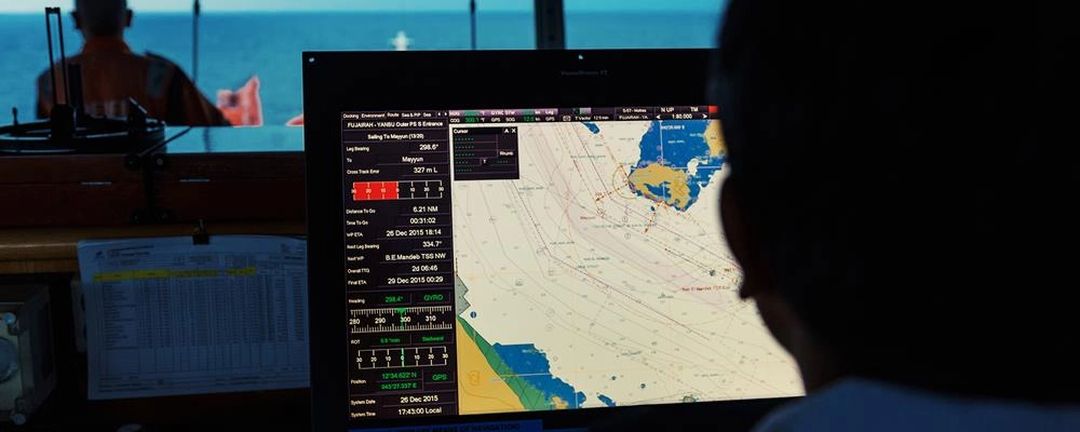
Det elektroniske kartvisnings- og informasjonssystemet er en spesialisert digital navigasjonsdatamaskin og et alternativ til papirdiagrammerDen lagrer et sett med Elektroniske navigasjonskart (ENC-er) og/eller Rasterdiagrammer, som kan vise all nødvendig geografisk informasjon et mannskap trenger for å fullføre en reise. En ECDIS er imidlertid ikke bare en digitalisert erstatning for tradisjonelle kart.
ECDIS-kart inneholder vanligvis mye mer informasjon enn tidligere navigasjonsverktøy, og automatiserer mange viktige funksjoner. For eksempel har navigatøren nå en mye lettere byrde takket være automatisk ruteplanlegging og overvåking. Mens rutekorrigering en gang tok mye av en navigasjonsoffisers tid, er det en saga blott med en fungerende ECDIS. Presisjonen, konsistensen og påliteligheten til elektronisk navigasjon representerer en velsignelse for sikkerhet, effektivitet og lønnsomhet innen maritim navigasjon.
De ECDIS fungerer ved å integrere robust, spesialisert elektronisk navigasjonsprogramvare med mange moderne navigasjonsverktøy. Dette inkluderer inventar som GPS, RADAR, ARPA og en rekke andre. Du kan bruke ECDIS-en din til å få tilgang til informasjon fra disse kildene, sjekk Tidevannstabeller og sjekk så godt som all relevant navigasjonsinformasjon.
Ved å bruke ENCs, ECDIS er i stand til å fastslå presis dybdeinformasjon og tidlig varsle om potensielle farer langs sjøruten. Et skipsbesetning kan få enda mer presis informasjon ved å beregne og legge inn tall som knekk, som kan trekke et skip nærmere havbunnen. Denne informasjonen mates inn i flere andre automatiserte funksjoner, noe som gir ekstremt nøyaktige sikkerhetsvurderinger for ruten og automatiserte sikkerhetsadvarsler.
(KILDE: AMnautical.com - Alt om det elektroniske kartvisnings- og informasjonssystemet)

liste over de beste marine Elektronisk kartvisning og informasjonssystemer (ECDIS), geografiske informasjonssystemer (GIS) brukt til nautisk navigasjon som er i samsvar med International Maritime Organization (IMO) SOLAS-forskriftene som et alternativ til sjøkart av papir - maritime navigasjonssystemer
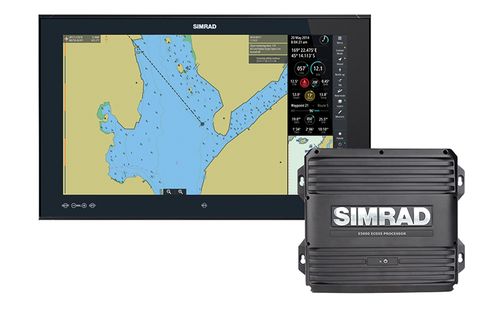
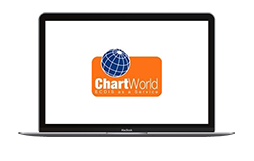
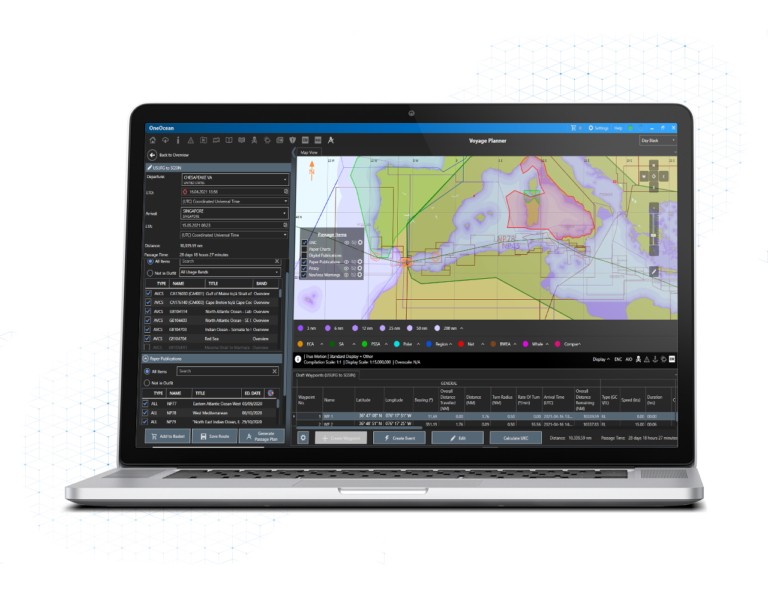
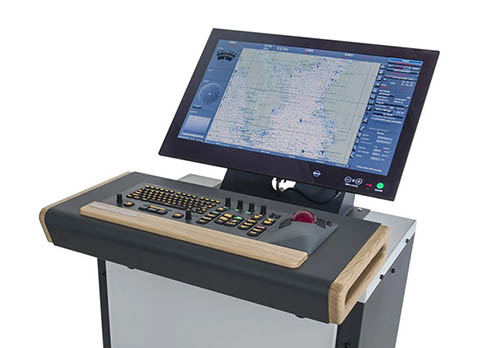
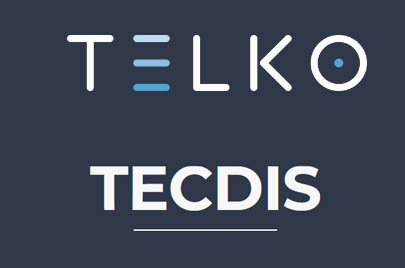
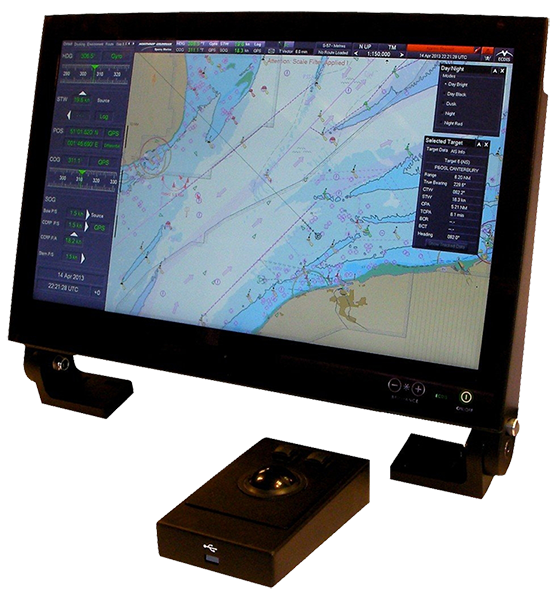
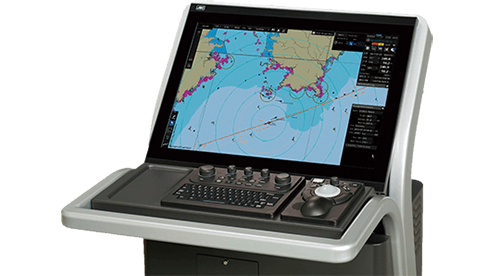
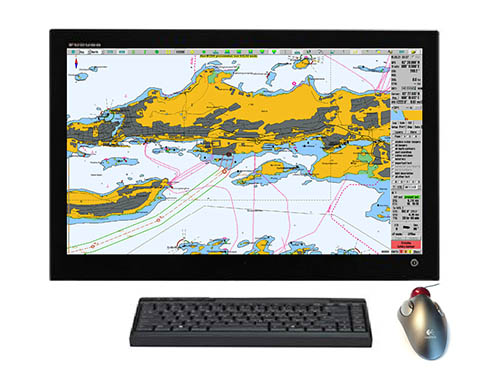
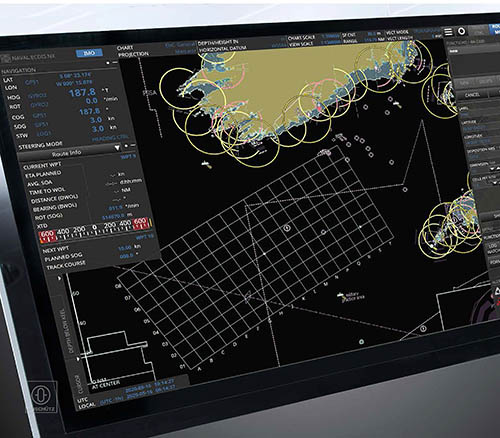
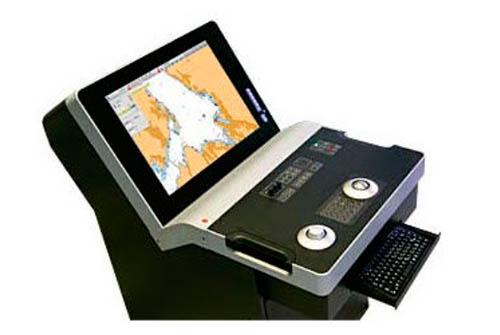
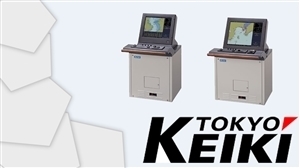
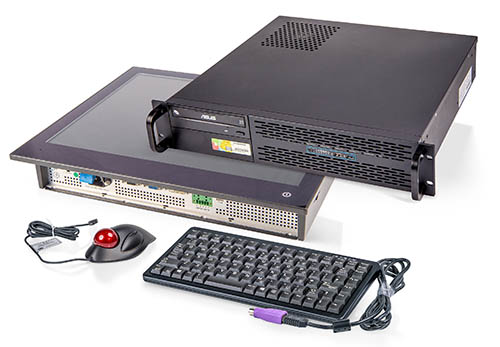


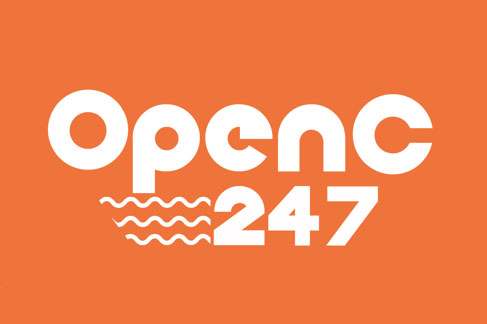
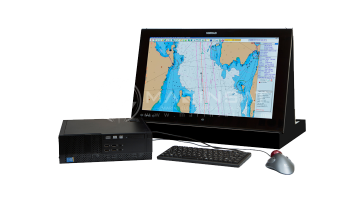
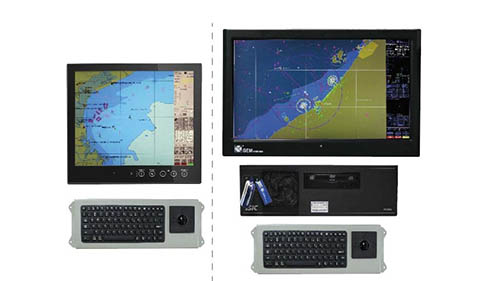
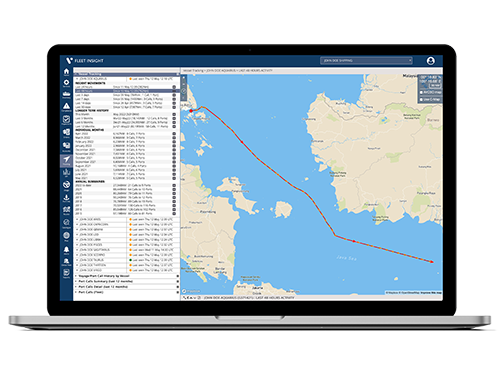

Skip har lenge vært pålagt å frakte standard sjøkart (papirsjøkart PNC-er) og nautiske publikasjoner å planlegge og vise skipets rute for den planlagte reisen og å plotte og overvåke posisjoner gjennom hele reisen. Fremveksten av elektroniske navigasjonskart (ENC) på 1990-tallet ga skip ytterligere informasjon, inkludert sanntidsinformasjon som kunne vises på skjermer på Elektroniske kartvisnings- og informasjonssystemer (ECDIS). IMO vedtok ytelsesstandarder for elektroniske sjøkart på 1990-tallet. I 2000 vedtok IMO den reviderte SOLAS regel V/19: Krav til medbringelse av navigasjonssystemer og -utstyr om bord på skip for å tillate at et ECDIS kan aksepteres som oppfyllende kravene til sjøkart i forskriften. IMO erkjente fordelene med ECDIS for navigasjon og vedtok i 2009 ytterligere endringer i regel V/19 for å gjøre medbringelse av ECDIS obligatorisk. Endringene trådte i kraft den 1. januar 2011, noe som gjør ECDIS obligatorisk for nye skip bygget etter fastsatte datoer og også innfasing av kravet for eksisterende skip.
(Kilde: Den internasjonale sjøfartsorganisasjonen – www.imo.org)
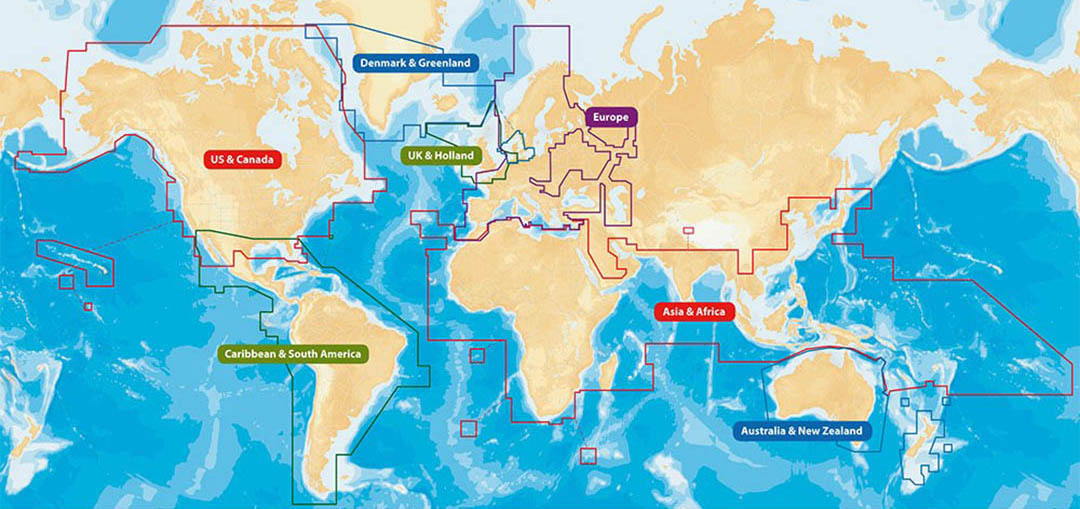
Den endrede SOLAS-regel V/19 krever at alle nybygde passasjerskip med en bruttotonnasje på 500 eller mer, samt nybygde lasteskip med en bruttotonnasje på 3000 eller mer i internasjonal reise, skal være utstyrt med ECDIS. For eksisterende skip innføres det gradvis monteringskrav for alle skip av en viss størrelse i internasjonal reise (se SOLAS-regel V/19.2.10).
Mer detaljert - Krav til transport av ECDIS:
De International Maritime Organization (IMO), på den 86. sesjonen i Sjøsikkerhetskomiteen (MSC) i Juni 2009, godkjente endringer i den internasjonale konvensjonen for Livets sikkerhet til sjøs (SOLAS) krever at skip skal være utstyrt med en Elektronisk kartvisning og informasjonssystem (ECDIS)Endringen i SOLAS betyr at alle store passasjer-, laste- og tankskip må utstyres med ECDIS etter en rullerende rutetabell – som startet i Juli 2012:

* Et nytt skip defineres som et skip der kjølen er strukket på eller etter fristdatoen
** Skip kan unntas fra disse kravene dersom de tas permanent ut av drift innen to år etter den angitte implementeringsdatoen.
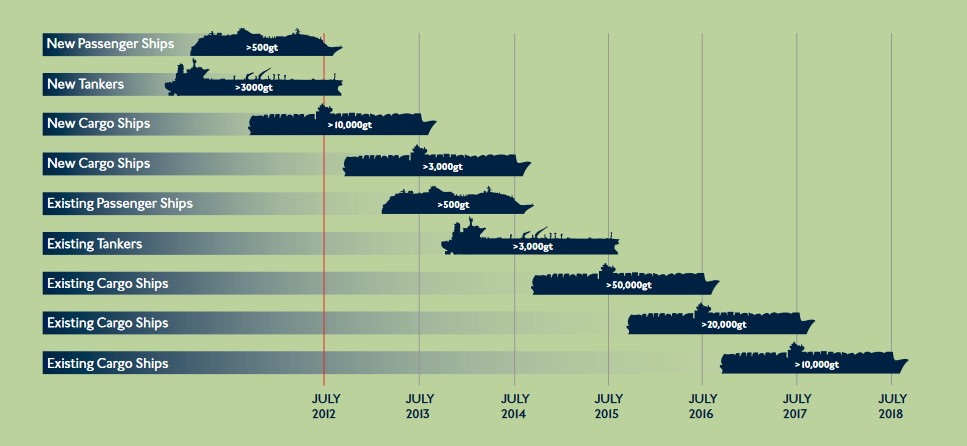
ECDIS er designet av IMO for å forbedre sikkerheten til sjøs, og det er det eneste systemet som kan godkjennes for papirløs navigasjon når det opererer på offisielle ENC-er.
Hvilke skritt skal tas mot din ECDIS-samsvar?
- trinn 1. identifiser viktige SOLAS-samsvarsdatoer for flåten din
- trinn 2. gjennomføre en innledende ECDIS-risikovurdering
- trinn 3. plan for ECDIS-opplæring
- trinn 4. Sørg for korrekt ECDIS-installasjon
- trinn 5. etablere sikre og effektive ECDIS-driftsprosedyrer
– trinn 6. Sørg for at du bruker oppdaterte ENC-er
- trinn 7. gjennomføre individuell ECDIS-risikovurdering for skip
- trinn 8. Overgang fra papirkart til ECDIS
- trinn 9. implementer ECDIS om bord
(Nye ECDIS-forskrifter – den fullstendige veiledningen for å oppfylle de reviderte SOLAS-kravene, levert av ADMIRALTY.co.uk:) Last ned ECDIS-veiledningen)

Hva er elektronisk kartvisnings- og informasjonssystem (ECDIS)?
Elektronisk kartvisning og informasjonssystem (ECDIS) - Wikipedia
Elektroniske sjøkart (ENC) og elektroniske kartvisnings- og informasjonssystemer (ECDIS) - Etter min mening
Hva er fordelene med elektroniske kartvisnings- og informasjonssystemer?
ECDIS - oversikt over krav til transport og opplæringskrav
ECDIS: Symboler, forkortelser og termer
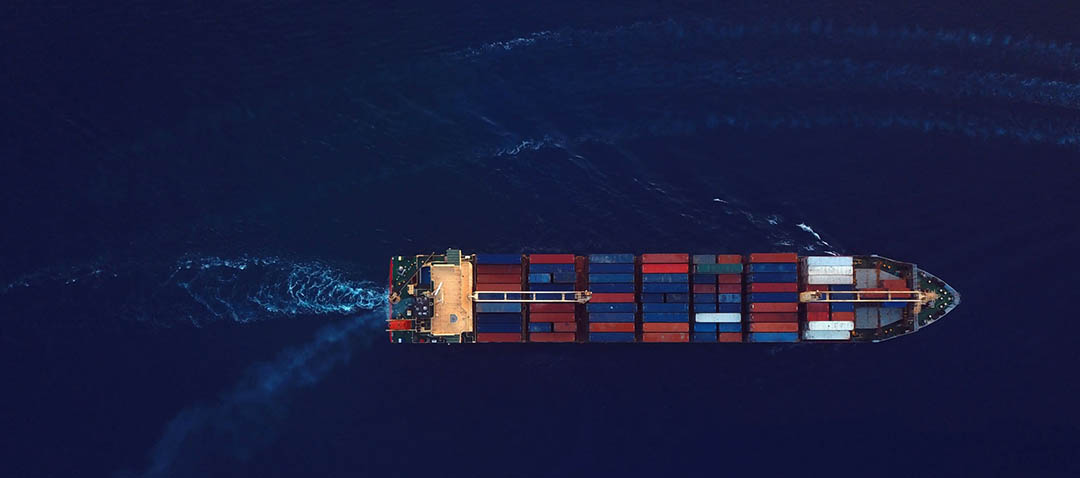
SOLAS krever at visse skip oppfyller bestemmelsene i Den internasjonale sjøfartsorganisasjonen (IMO) som er definert i den internasjonale konvensjonen om sikkerhet for menneskeliv til sjøs (SOLAS) fra 1974, sammen med endringene til den.
IMO SOLAS V/19 skisserer krav til hvilke typer kart skip må ha med seg:
2.1 Alle skip uavhengig av størrelse skal ha:
2.1.4 Sjøkart og nautiske publikasjoner å planlegge og vise skipets rute for den planlagte reisen og å plotte og overvåke posisjoner gjennom hele reisen. Et elektronisk kartvisnings- og informasjonssystem (ECDIS) aksepteres også som oppfyllelse av kravene til karttransport i dette underavsnittet. Skip som punkt [2.10] gjelder for, skal overholde transportkravene for ECDIS som er beskrevet deri;
2.1.5 Reserveordninger for å oppfylle funksjonskravene i underavsnitt 2.1.4, dersom denne funksjonen er delvis eller fullstendig oppfylt med elektroniske midler*;
Fotnote til regel 2.1.4
*Papirsjøkart som er tilstrekkelige til å oppfylle kravene i underavsnitt .4 og regel 27 kan brukes som en reserveordning for ECDIS. Andre reserveordninger for ECDIS er akseptable (se tillegg 6 til resolusjon MSC.232 (82), som endret.)
De fleste lasteskip, tankskip, passasjerskip og megayachter bruker elektroniske kartvisnings- og informasjonssystemer (ECDIS). En endring av SOLAS krever at disse fartøyene bruker ECDIS som primært navigasjonsmiddel. Innen 2018 vil alle slike fartøy være pålagt å bruke ECDIS.
Det er ikke nok for et fartøy å bare ha et ECDIS om bord. For å være i samsvar med SOLAS-forskriftene og bestå havnestatsinspeksjoner, må ECDIS-en på et fartøy inneholde de nødvendige Elektroniske navigasjonskart (ENC) for fartøyets planlagte reise. Det finnes to typer elektroniske sjøkart som et ECDIS kan vise: Rasternavigasjonskart (RNCs) og Elektroniske navigasjonskart (ENC-er) - også kjent som vektor nautiske kart VNC-er)
(KILDE: AMnautical.comECDIS (elektronisk kartvisnings- og informasjonssystem) og offisielle kartkrav - https://www.amnautical.com/blogs/news/17037716-ecdis-vector-charts-raster-charts )
ECDIS – KORT SAMMENDRAG:
Det elektroniske kartvisnings- og informasjonssystemet (ECDIS) er mye mer enn et kartprogram – det er en integrert navigasjonssystem utviklet som et godkjent alternativ til Nautiske papirkartSystemet viser enten Raster navigasjonskart (RNC-er - papirkart) eller Elektroniske navigasjonskart (ENC-er – digitale sjøkart) og er vanligvis koblet til skipets Radar/ARPA, AIS, gyro, fartslogg, dybdemåler, og GPS mottaker. ECDIS viser også informasjon som tidevannstabeller og seilingsretninger, vær, isforhold og fartøyets rute.
ECDIS-enheter gjør det mulig for fartøyet å overholde IMO-regel V/19 og V/27 i SOLAS-konvensjonen med endringer, ved å vise valgt informasjon fra et elektronisk navigasjonskart (SENC). ECDIS-utstyr som overholder SOLAS-kravene kan brukes som et alternativ til papirkart, men det er ikke nok for et fartøy å bare ha et ECDIS om bord. For å være i samsvar og bestå en havnestats- eller klasseinspeksjon, må ECDIS-en inneholde de aktuelle elektroniske kartene for fartøyets planlagte reise, være installert med typegodkjent maskinvare og programvare, må vedlikeholdes og ha en godkjent sikkerhetskopi, og fartøyet må opprettholde offiserenes opplæringsjournal.
(KILDE: Dockwalk.com) - Kaptein Ted Morley)
en komplett guide til hva ECDIS er (lederartikkel fra Marine Electronics & Communication-magasinet sommeren 2011)
ECDIS – en kjøperguide (av Admiralty.co.uk)
Liste over de beste og mest populære ECDIS-produkter (elektroniske kartvisnings- og informasjonssystemer) for maritim navigasjon
Hydrografisk ordbok - Ordliste med ECDIS-relaterte termer - Satt inn i databaseversjonen
SOLAS-forskrift V/18 og V/19 krever at ECDIS-utstyret må være i samsvar med relevante IMO-ytelsesstandarder for å oppfylle kravene til sjøkarttransport (i henhold til SOLAS). ECDIS-enheter om bord må overholde én av to ytelsesstandarder (enten IMO-resolusjon A.817(19), med endringer; eller resolusjon MSC.232(82)), avhengig av installasjonsdatoen.
Se også Informasjon om IHO-standarder knyttet til ENC og ECDIS for ytterligere informasjon om IHO-standarder som er relevante for ENC-bestemmelser og krav til ECDIS-transport.
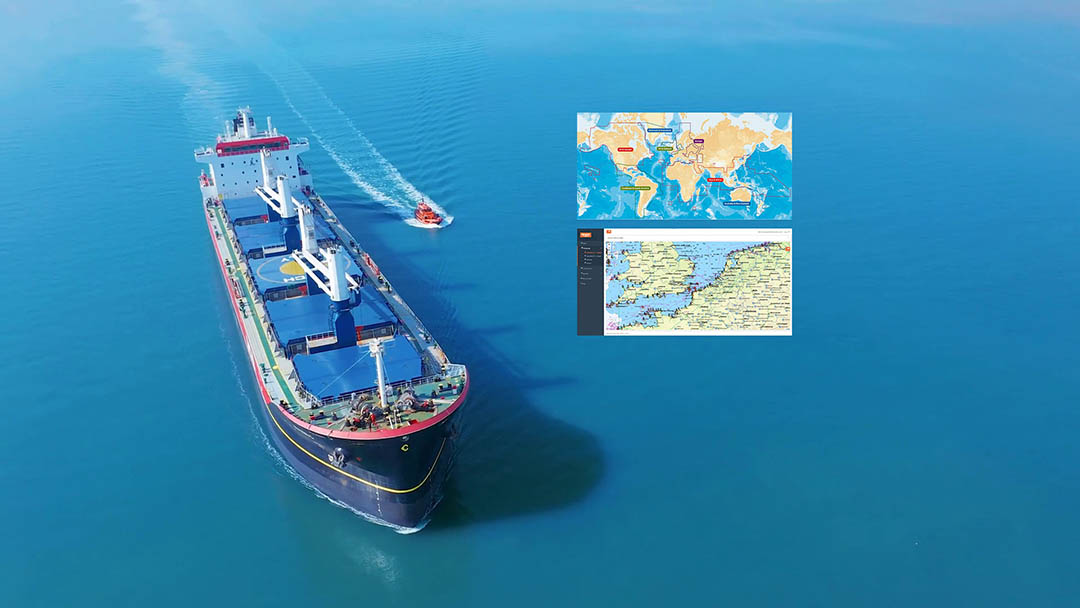




Finn alle toppleverandører av marinenavigasjonsprodukter og -tjenester for sikker maritim reiseplanlegging